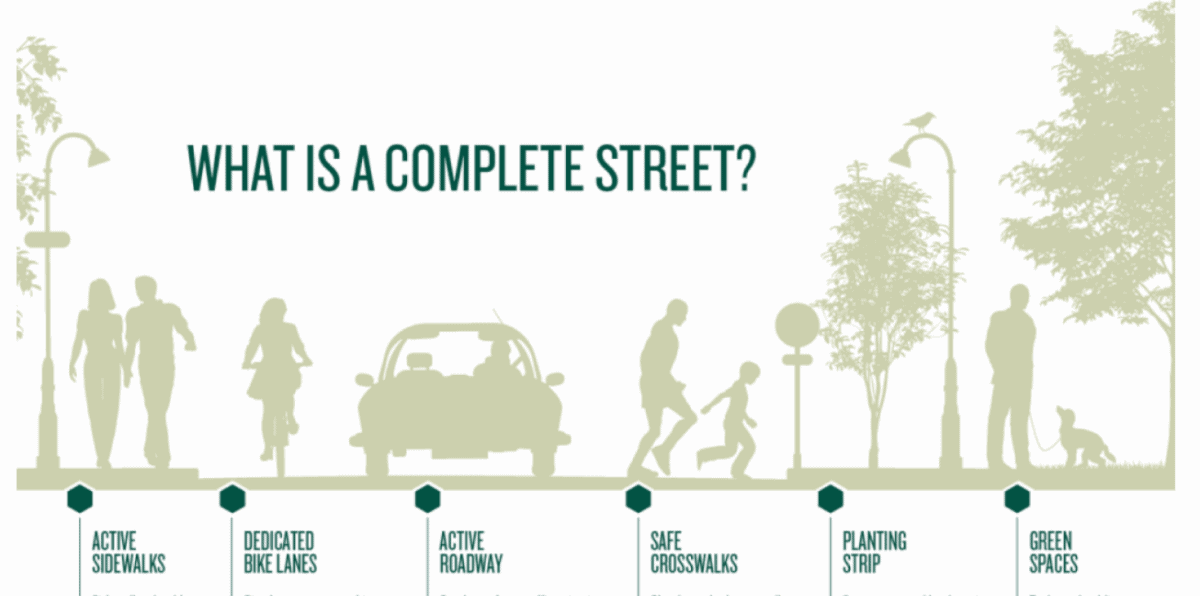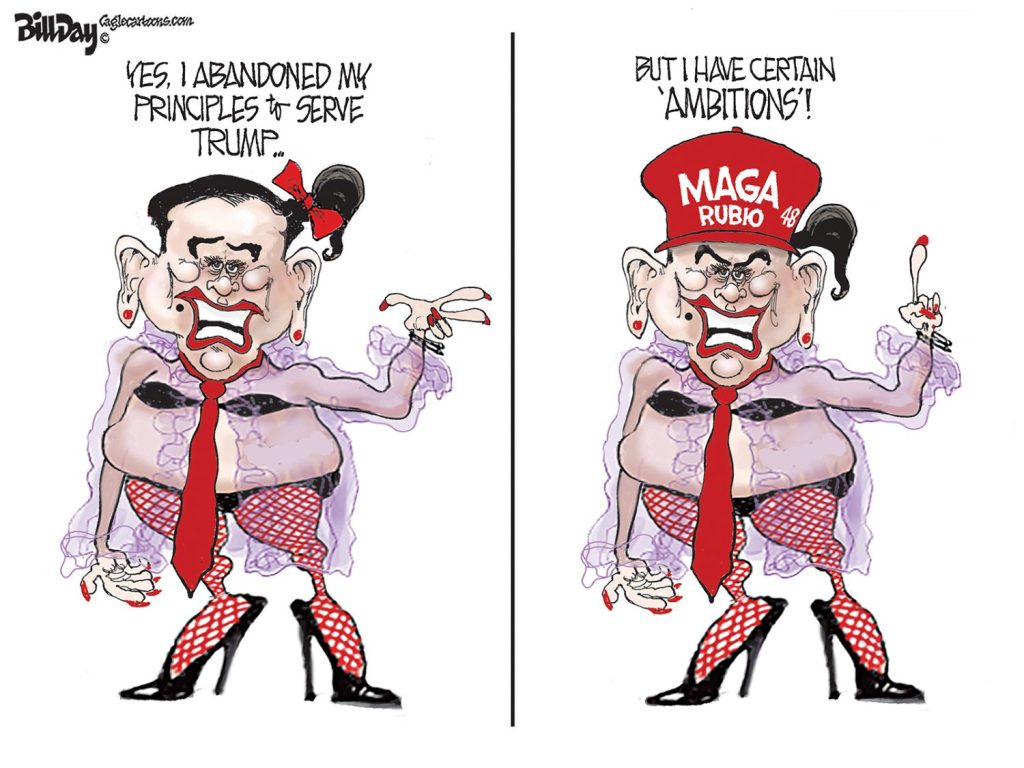Riverside Drive soon is to be the street that it’s needed to be for decades.
By mid-August, the four-lane street will be no more, reduced to two lanes that should make entry into Tom Lee Park – which has won more national and international awards than any project in Memphis history – more accessible and safer.
Unsurprisingly, WREG-TV sensationalized the improvement by asking: Will changes solve parking problems at Tom Lee Park? It presupposed several things: that there is a parking problem at the park and that the answer is more parking spaces.
First, it’s the kind of anti-urban question and small minded thinking that the television channel brings to many stories, but it was compounded in this case with factual mistakes about the history of parking there.
The more pertinent question: what did it take after so many years for the street to be rightsized? The answer: a mayor with the wisdom and political fearlessness to make it happen.
A Planning Background Helps
Memphis Mayor Paul Young deserves credit for being the city chief elected official who finally ignored the nagging and threats from influential opponents and social media complainers who think all streets should be as wide as possible because moving freight is much more important than road diets that improve quality of life and create safer streets.
Of course, it helps to have a mayor with a planning background and a respect for urbanism. A better Riverside Drive is the result.
In the past, calls for a two-lane Riverside Drive were drowned out by the protests of the Chamber and other businesspeople. The experiment undertaken by Mayor A C Wharton in 2014 tested the impact of a two-lane Riverside Drive. Unfortunately, the program was poorly conceived and implemented, with city traffic engineers ignoring the smarter recommendation by national experts Nelson-Nygaard. Faced with vituperative complaints, Mayor Wharton abandoned the pilot.
The subsequent mayor, Jim Strickland, who was susceptible to criticism, never seriously considered a road diet for Riverside Drive, although traffic data was convincing for a two-lane street.
Parking Facts
I’ve gone through the data before but here it is again: the traffic count for Riverside Drive is about 30% lower than it was 24 years ago; the capacity for Riverside Drive is on average about 20,000 vehicles a day while the average traffic county is only about 13,000; and overall, downtown streets are significantly under capacity when compared to 20 years ago.
As for parking, there are more than 13,000 parking spaces downtown; 5,500 of them are in garages; almost 7,000 on-street parking spaces; 74% of spaces are available at the peak times of 11-1 weekdays; and 57% of spaces are available at peak times of 3-7 weekends. Meanwhile, metered parking is free after 6 p.m. Monday through Saturday (it’s 10 p.m. for entertainment district) and all day on Sunday. It’s also free on holidays like Thanksgiving, Christmas, and Independence Day.
In other words, there is plenty of parking a short walk from Tom Lee Park and free parking at times when the park is especially popular.
That’s what makes the debate about parking spaces at Tom Lee Park so misdirected – if not manufactured. After all, capitalizing and strengthening the competitive advantage of a walkable downtown, including the new and long-needed connections between the riverfront and downtown.
Hoping for a New Era
Support for the new two-lane Riverside Drive comes from some people who were against it before they were for it. The opposition in the past stemmed in their criticisms of all things Memphis River Parks Partnership, whose own designs called for two lanes, and their misplaced emphasis on more parking adjacent to Tom Lee Park.
Memphis is rarely a dependable hub of modern, progressive urban thought. The lack of understanding of interventions and investments that produce transformative real estate, public space, and economic strategies and the accompanying impact, inclusion, and animation is enough to discourage even the most inveterate cheerleaders for Memphis.
The most pressing evidence to this lack of understanding is downtown, where the promise of a clean, green, and safe environment remains unmet. Hopefully, the new partnership with Block by Block will usher in a new era of improvements.
The Downtown Memphis Master Plan recommends:
“A number of Downtown Memphis streets are too large, given their traffic volumes. Reducing the number of lanes would pave the way for public realm improvements while maintaining traffic flow…Some streets should be evaluated and considered for a road diet include South Fourth Street, North Manassas Street, North Dunlap Street, Riverside Drive, Monroe Avenue.”
Best Practices
For about 10 years, I’ve been blogging about the need to right-size Riverside Drive to improve downtown’s livability, to increase safety, and to improve access to the riverfront. After writing previously about this, I got a few emails that suggested that only Memphis would even think of doing “something as stupid” as changing Riverside Drive.
And yet, that’s not true.
There are cities all over the U.S. who have rethought and are rethinking their waterfront streets and highways to the point that many are even removing them altogether, because in taking a traffic engineering view of cities, the urban fabric was sacrificed for speed and commuters.
Boston removed sections of I-89, creating more than 45 parks and public plazas, and rerouted I-93 to create a linear park with landscaped gardens, promenades, plazas, fountains, art, food trucks, farmers’ markets, carousel and specialty lighting. Public space, walking and biking paths, and new transit routes are now where the Embarcadero Freeway in San Francisco once stood.
Rochester, New York, filled in almost a mile of I-490 to create a complete street that reconnected neighborhoods with walking and biking paths. Milwaukee demolished an interstate and new development blossomed on both sides of a boulevard.
New Haven, Connecticut, demolished part of a highway and spurred new downtown development. Philadelphia is removing concrete ramps of an interstate which obscured views of the river and built a cap over the interstate covered by an 11-acre landscaped park that is a walkable link from the Old City to the river’s edge.
There are similar projects in Dallas, Albany, Austin, Detroit, Oakland, Syracuse, and more.
A Warning about Engineers
Old car-centric ideas die hard.
As urban planner and author Jeff Speck warned, after evaluating the riverfront in Memphis in 2013, said: “Don’t let traffic engineers determine your quality of life.”
Joe Cortright of City Observatory described it this way: “We took an engineering view of cities, one in which we needed to optimize our transportation infrastructure to facilitate the flow of automobiles. The massive investments in freeways (and the rewriting of laws and culture on the use of the right of way) made cities safer for long-distance, high-speed – but at the same time produced massive sprawl, decentralization, and longer journeys, and eviscerated many previously robust city neighborhoods.”
University of Tennessee’s Ted Shelton and Amanda Gann of the architecture school wrote: “Where urban highway construction did occur, in urban design terms, it was highly detrimental to the urban fabric; creating physical and psychological rifts that are extremely difficult to bridge and introducing a substantial source of noise and air pollution. Cities across the country continue to struggle with this legacy.”
Getting Beyond Talking Points
Powerful roadbuilding lobbies and Chambers of Commerce have imbedded its main talking point – “highways are economic arteries” – into the minds of politicians at all levels of government. The results can be seen in the sprawl of suburban and rural Shelby County which took county government to the verge of bankruptcy.
A variation of the Chamber mantra justifying more roads was that sprawl was actually “growth” when in fact, they were perpetuating – and subsidizing – a major and historic relocation of Memphians outside of the city.
In this way, the county government that depended on the important support from Memphis for revenues and economic activity did in fact undermine its health on the belief that “all roads are good roads.”
With Riverside Drive, Memphis has the opportunity to be a leader in the treatment of its waterfront by right-sizing the street to become what it aspires to be – a safe, accessible connector between neighborhoods in downtown, South Memphis, and North Memphis and their riverfront.
**
Join us at the Smart City Memphis Facebook page and on Instagram for daily articles, reports, and commentaries that are relevant to Memphis.




Controversial comment here but is this park absorbing too much of your city’s time/energy? Would it be better spent on Mud Island/Beale or even Main St.? Your city is/was one of the oldest urban areas of our state and needs additional help but I am not sure that this park should be it. Just a concerned citizen from the East side of the state.
I’m unsure what energy and time are being consumed by Tom Lee Park since it’s managed by a nonprofit and not city government and has now been completed. As for Riverside Drive, like most streets downtown, they are overdesigned and over capacity and Mayor Young is on the right track with this road diet. Hopefully, there will be others. Tom Lee Park was completed without any money from city’s budgets (it has now won 10 national and international awards for its design and focus on equity). Successful cities can walk and chew gum at the same time. There is a city-county agency in charge of Beale Street and City of Memphis is considering what the future can be for Mud Island. It’s now a 40-year-old park and looks like it. The amphitheater is useless in today’s market and hopefully, there can be a 52-acre solution to what it will be in the future. I’m not sure why the age of Memphis is relevant since Nashville and dozens of other cities are older than Memphis but clearly, no city has had more impact on world culture. One last thought: quality public space and parks are competitive advantages in attracting and retaining workers, particularly young college-educated professionals, so their position as priorities is not misplaced. Thanks for the comments from the other side of the state. PS: I have repeatedly written about the sad state of Main Street and hopefully the new contracts with Block by Block and the state funding for the area will make a difference.
Finally, was able to tour the drive and the best way I can describe it is visual clutter. Looks more like an obstacle course of game than a street. It’s hard to see any pedestrians for all of the pinball game bumpers. A total waste of money.
I agree that the design is garish and unsightly. I remembered author, planner, architect, and CNU co-founder Jeff Speck who looked at the riverfront and said years ago: Don’t let traffic engineers design the quality of life for your city. Unfortunately, Memphis did.